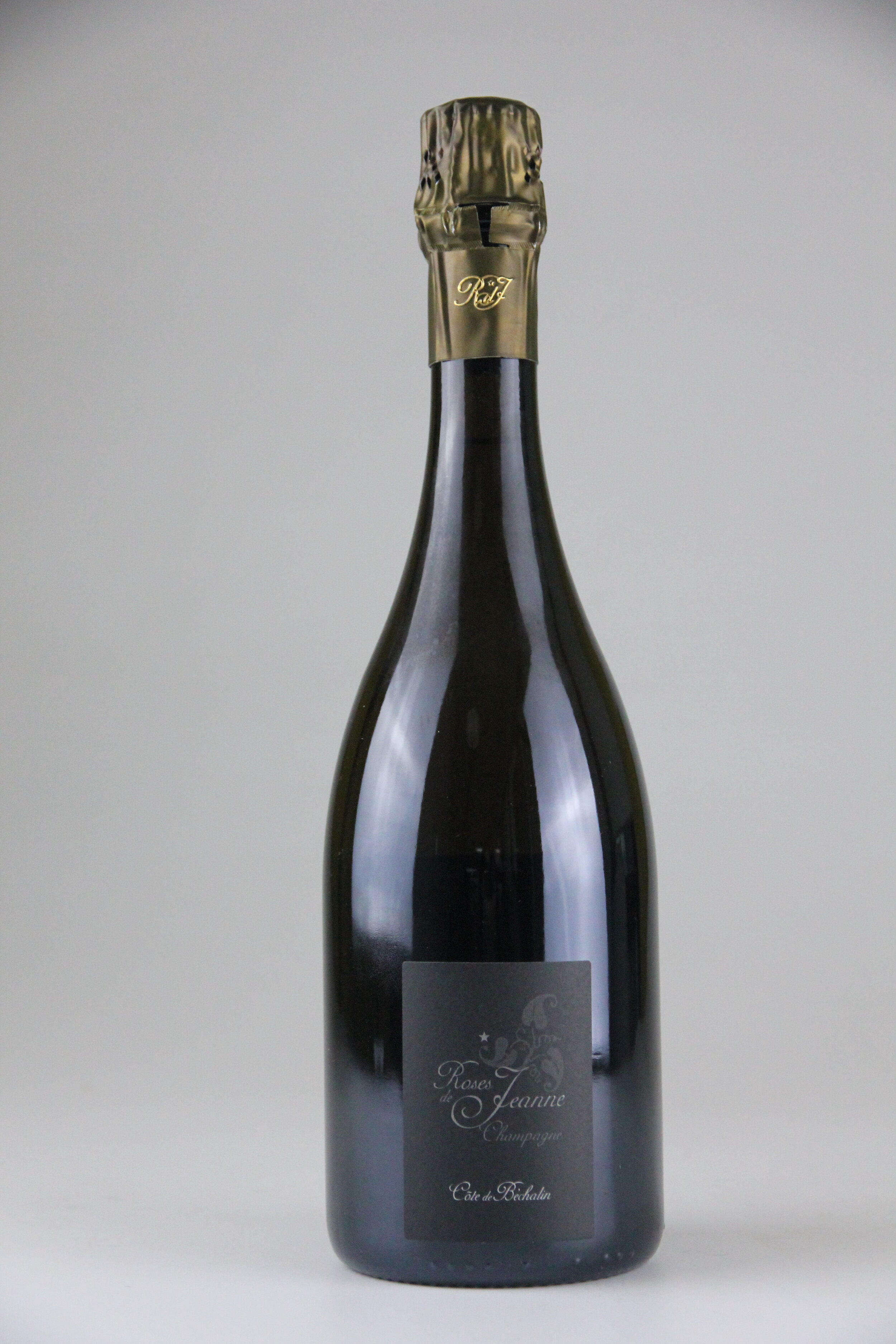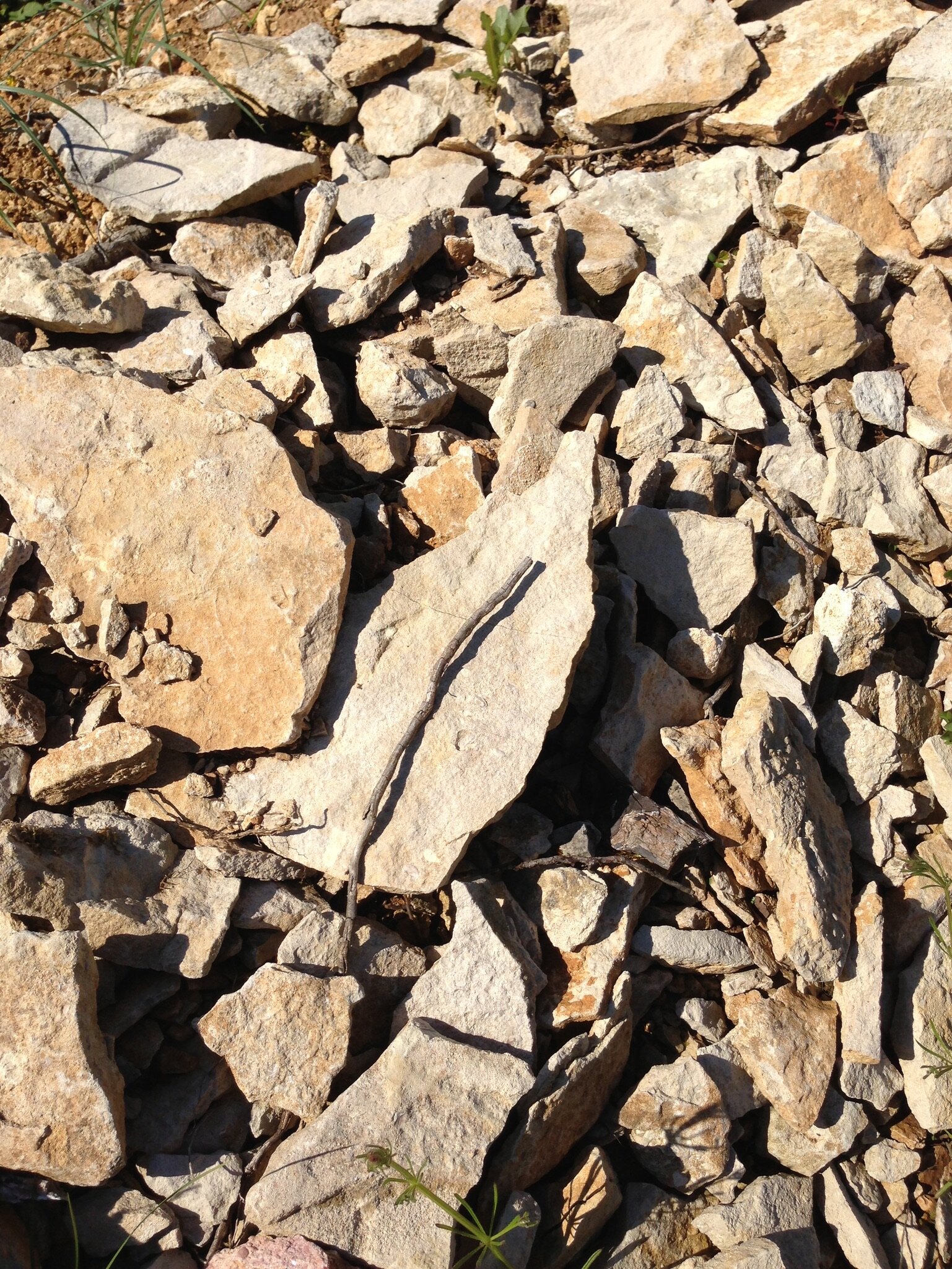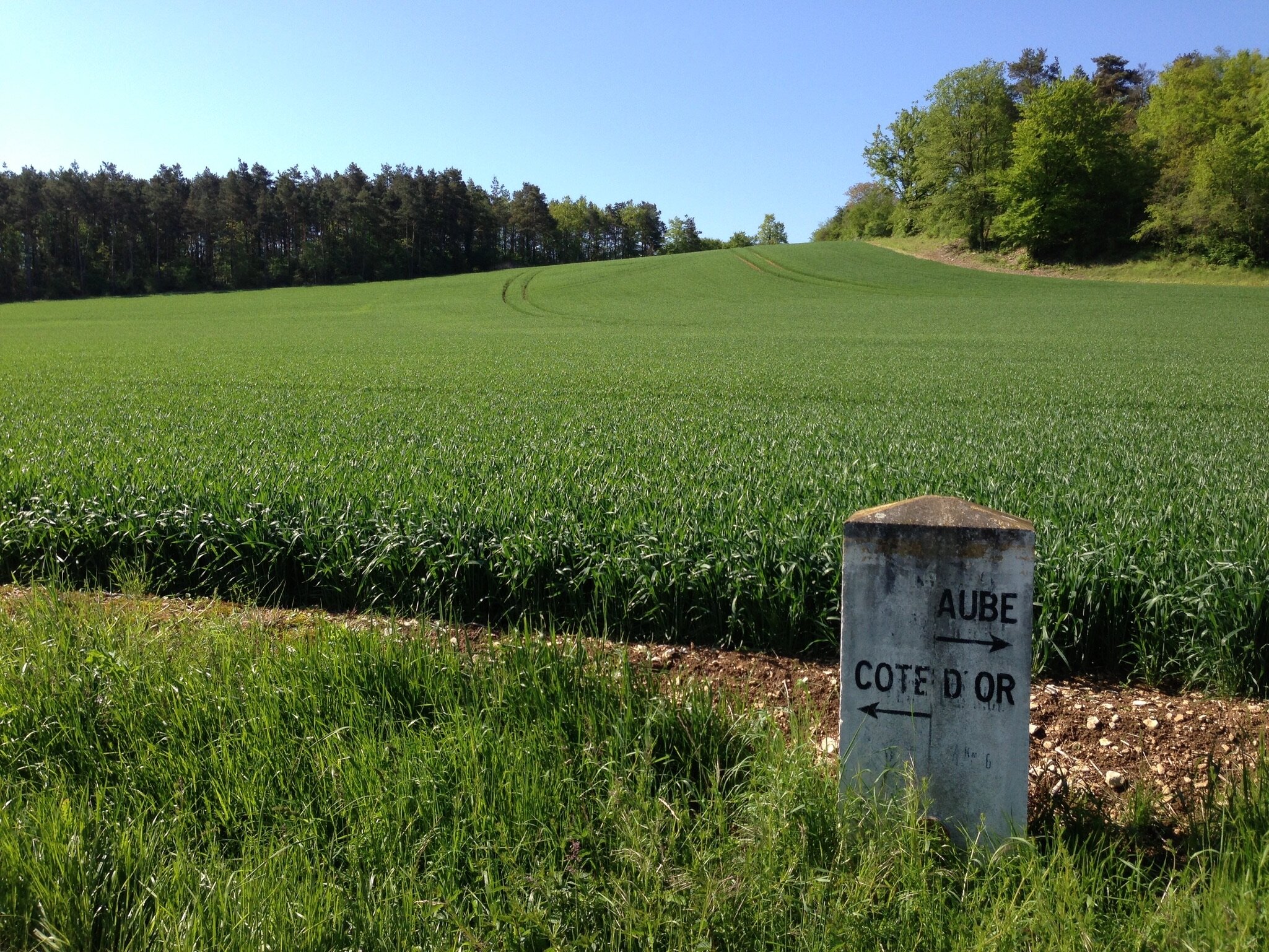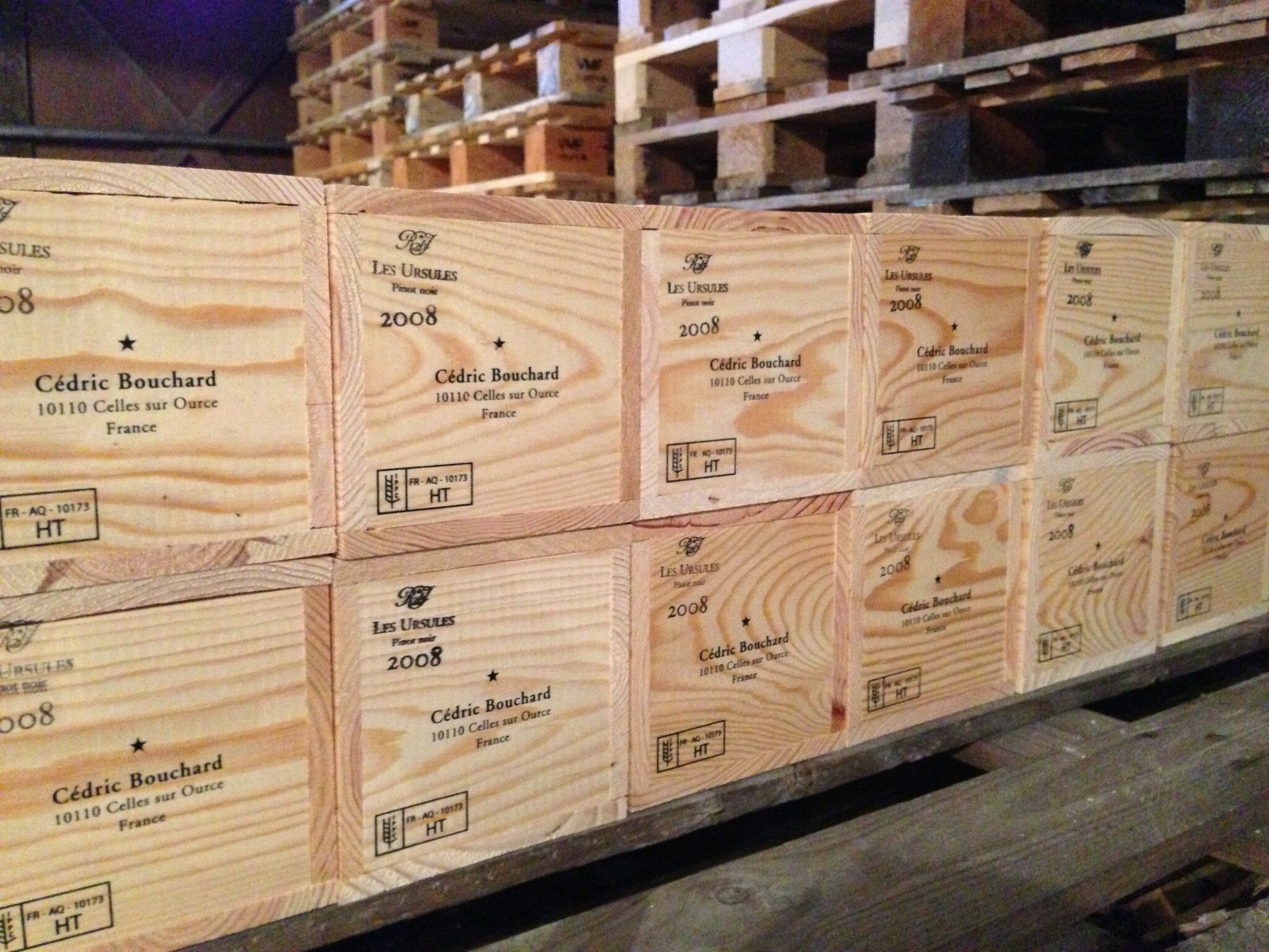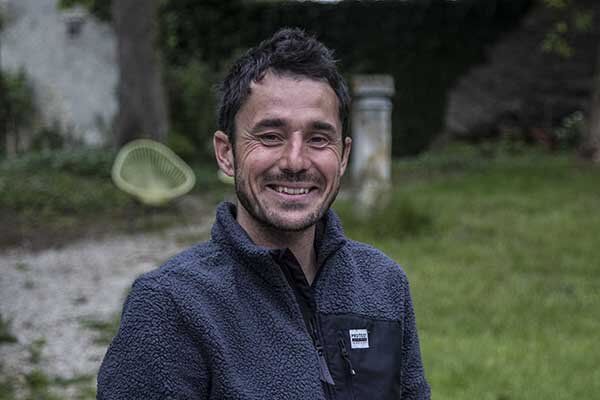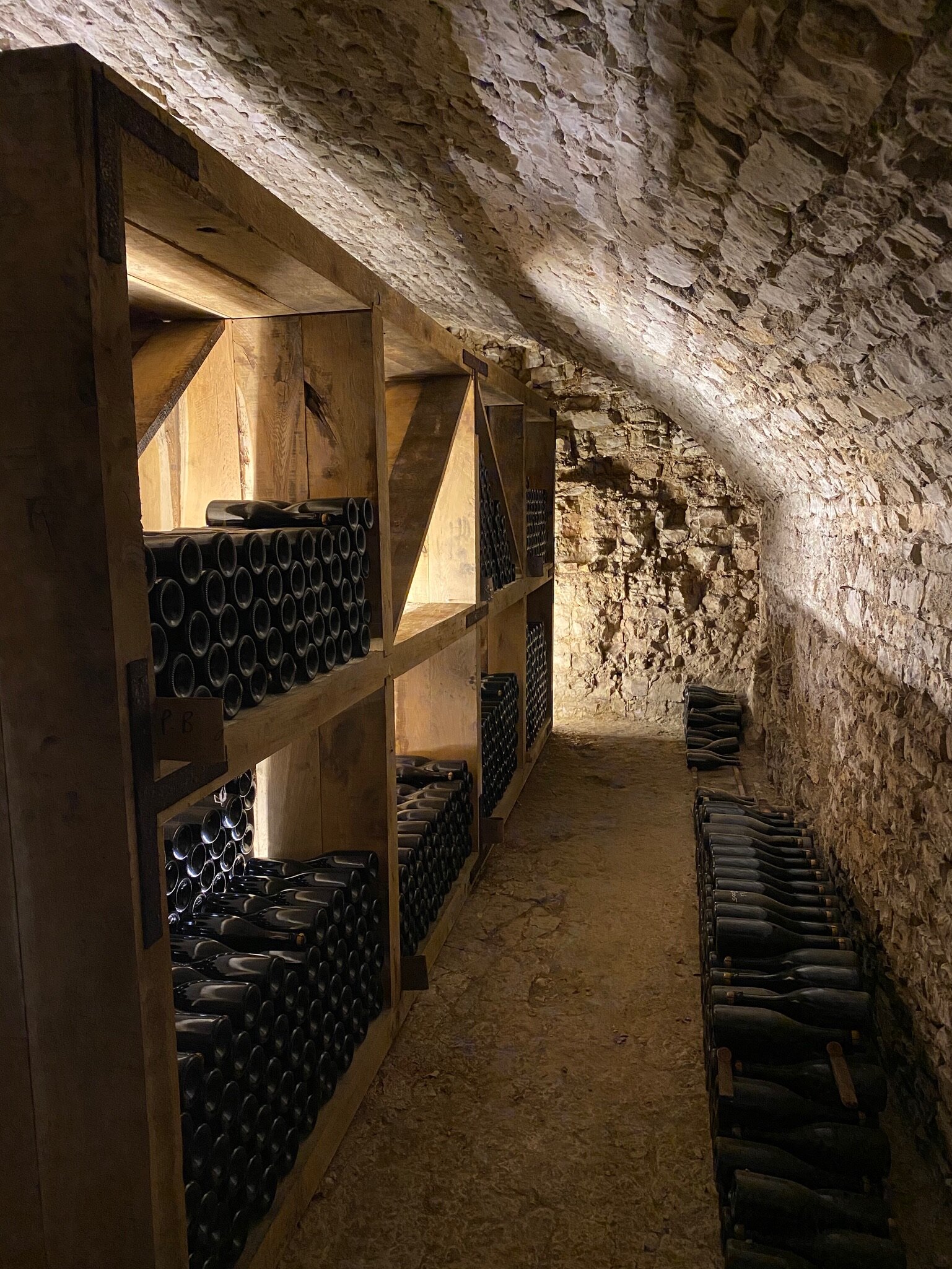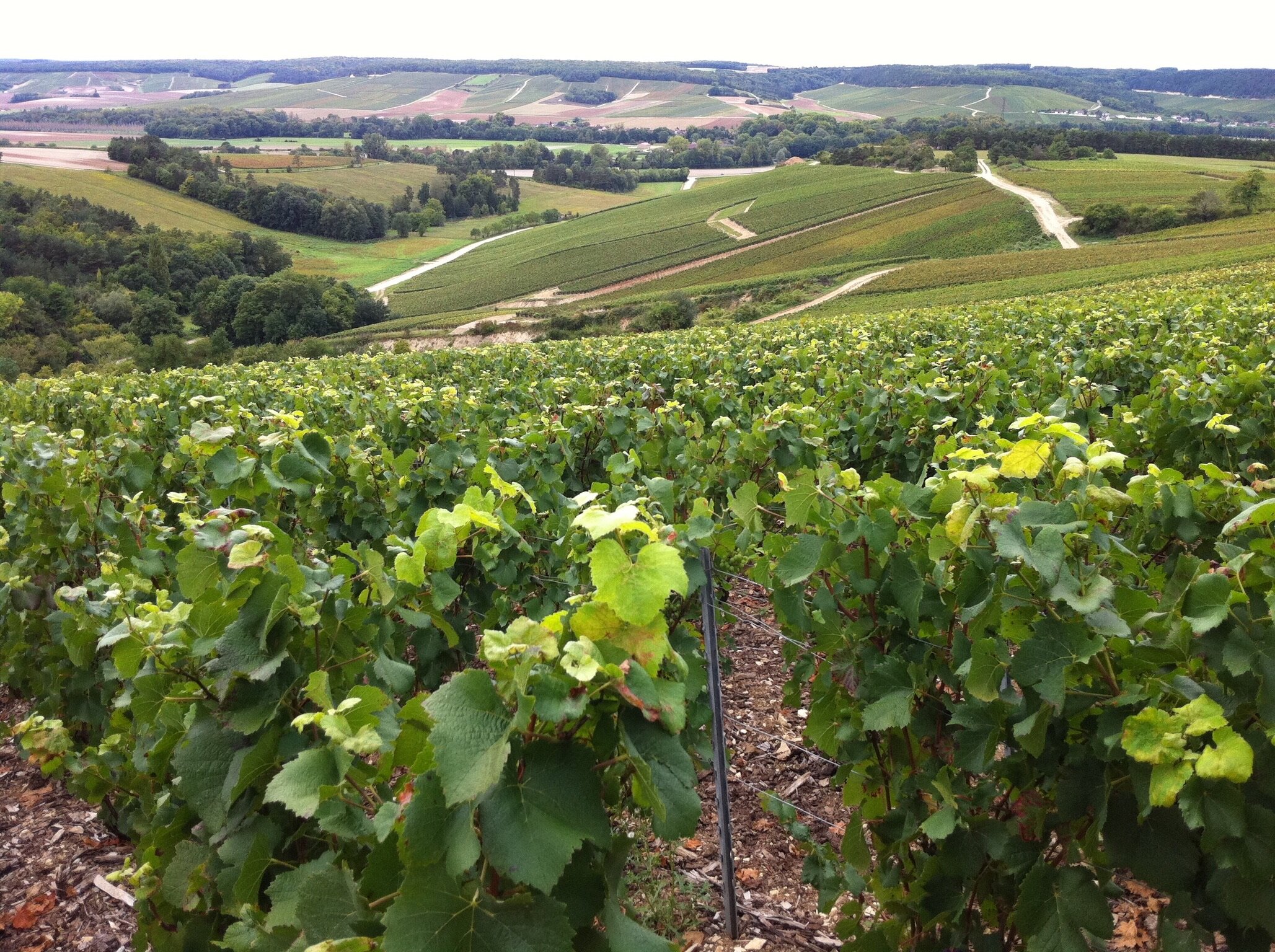CHAMPAGNE CÉDRIC BOUCHARD
Celles-Sur-Ource
Cédric Bouchard’s home lays in Celles-sur-Ource in the Côte des Bar. Fashioning some of the region’s greatest wines from vineyards that no one had ever heard of, Cédric has, in the last two decades, given a new dimension to the term terroir in Champagne.
Although originally from Champagne and raised in a winemaking family it is away from home that Cédric Bouchard discovered his vocation for wine. His passion started in the 90s working in a small wine shop in the French capital. It is in 2000 that Cédric Bouchard decided to come back to Celles-sur-Ource to make champagne. He began with only 1.09 hectares under vines. Three years later the production grew in size as he took over some vineyards from his father. Cédric now owns close to four hectares of vines.
Cédric started out with two ranges: the inflorescence wines were made from vineyards owned by his father and Roses de Jeanne wines, which were made from vineyards he owned himself. Since 2014 all wines are produced under the Rose de Jeanne label.
Influenced by his love for wines from many other regions, and in particular his love for Burgundy, Cédric decided to embraced a very unique philosophy when coming back to Champagne: Single vineyard, single variety, single vintage, and zero dosage champagnes.
With his very personal and unprecedented aesthetic Bouchard has created a unique line of Champagne. Subtle expressions of the terroirs they come from, his wines offer a remarkable combination of power; structure, and transparency with a creamy finish adding further complexity all held together by a very fine and subtle mousse.
In the Vineyard
With the exception of the Val-Vilaine vineyard, located in Polisy, all the holdings are around the village of Celles-Sur-Ource.
Cédric’s approach in the vineyards seeks to maximize quality every step of the way, adopting an organic approach for viticulture and dramatically restricting yields. He works his soils, prunes short and debuds hard. Yields here are between 20 and 30 hectoliters per hectare, which, even when compared with the best domaine’s of Côte de Nuits is considered low.
During harvest, Cédric Bouchard employs a team of 40 pickers to ensure that every grape is picked at the optimum time.
In the Cellar
ring harvest only the best fruits are handpicked. On arrival at the cellar, the fruits are crushed by foot. Only juice from the first pressing is retained and fermented with natural yeasts without any chaptalization.
The wines are then aged in cuves in the cellar until malolactic fermentations are completed. No wood is used at this address, as Cédric firmly believes that stainless steel offers the purest expression of his terroirs.
Cédric looks for an incredibly low 4.25 bar of pressure for the secondary fermentation and bottle-ages for minimum time on the lees with zero dosage.
“I encourage readers to become better acquainted with these Champagnes, which number among France’s most singular and exciting wines.”
Val-Vilaine
This cuvée is made from just 1.45 hectares of 35-year-old Pinot Noir vines planted in calcareous-clay soil. About 8,900 bottles are produced each year.
La Haut-Lemblé
This 100% Chardonnay cuvée comes from a 0.11-hectare plot on a south-facing slope in Celles-sur-Ource. Cédric Bouchard planted this vineyard in 2002 with five different massal selections.
Only about 1,200 bottles are produced each year.
La Bolorée
This cuvée comes from a tiny parcel of Pinot Blanc planted in 1960 on a south-facing hillside with 50cm of sandy clay soil overlying chalk.
Only about 1,000 bottles are produced each year.
Le Creux d‘Enfer
Le Creux d’Enfer is the smallest plot of the estate with only 4 rows of Pinot Noir; Only producing around 500 bottles of rosé every year.
Les Ursules
Les Ursules comes from Pinot Noir vines densely planted on limestone clay-soil next to Cédric's parents’ house. This was his initial and most emblematic cuvée.
Only about 430 Magnums are produced each year.
Côte de Béchalin
This wine comes from 35-year-old vines on south-west facing slopes with a limestone clay base on the Côte de Béchalin, a lieu-dit in Celles-sur-Ource.
Before 2014 this wine was bottled under the name “La Parcelle”.
Presle
This 100% Pinot Noir cuvée comes from a 0.25-hectare plot on a west-facing slope of hard clay. Cédric Bouchard planted this vineyard in 2007 with ten different massal selections in a very high density of 12,000 vines per hectare.






